Almond milk isn’t worse for sustainability than cows milk. There have been a few viral articles getting a lot of attention that berate almond milk for being very unsustainable and as bad as cows milk for the environment. However, the research behind this is fundamentally flawed if you actually look at the details.
Homemade Almond Milk vs Commercial Almond Milk
The research that the “almond milk is very unsustainable” headline is based on uses a homemade almond milk recipe and presumes that almond milk manufactures use the same recipe. In reality homemade almond milk contains a high amount of almonds. Conversely almond milk manufacturers use a small amount of almonds and other ingredients such as carrageenan, xanthan gum, lecithin and other ingredients to pad out their almond milk.
[blockquote author=”Almond Milk vs. Cow Milk Life Cycle Assessment”]Since there was no accessible data from almond milk manufacturers on the amount of almonds in a liter of milk, we used a homemade almond milk recipe. We found that in one cup of almond milk, 46 almonds are needed, which converts to 194.43 almonds per liter of almond milk.[/blockquote]
How Many Almonds in Almond Milk?
Most brands of almond milk comprise of between 1-2% almonds. This means there are about 15 almonds per 8 US cups (237ml) of almond milk. The research paper assumed 46 almonds are needed for 1 US cup of almond milk.
Converting into litres the researchers calculated that 194.43 almonds are needed for a litre of almond milk when in fact the true number is around 7.91 almonds are needed for manufacturers to make 1 litre of almond milk.
The flaw in the research shows their calculation is out by about 2400%.
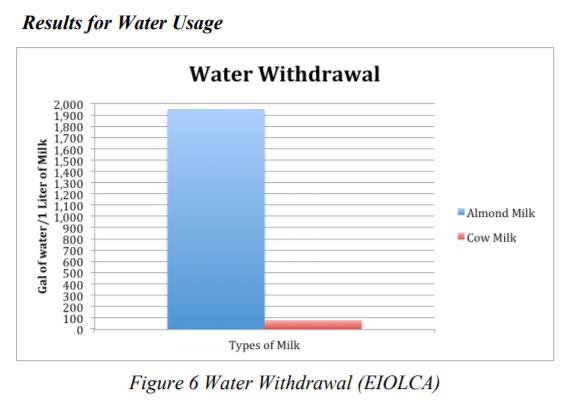
Health Conscious People Use Mediterranean Almonds
80% of the world’s almonds are grown in California and this is where the big almond milk manufactures source their almonds from. However Californian almonds have a reputation as being low quality following several outbreaks of salmonella. There’s also concern over the use of fracking water for almond production. Following salmonella poisoning it’s been mandatory since 2008 for all Californian almonds to be pasteurised meaning there is no such thing as a raw Californian almond.
Due to California almonds often being low quality and always pasteurised the health-conscious consumer, who is the kind to make their own almond milk, is very likely to source almonds from Mediterranean regions where they are far more sustainable. In fact, I know several plant-based restaurants in the US and California that only use European almonds in their food. This isn’t terrible environmentally as its a relatively low carbon footprint to transport ambient food by boat.
Is Almond Milk Healthy
The almond milk for sale in the shops is very low in almonds and contains other additives and stabilisers. It’s little more than coloured water and is low in protein and heart-healthy fats.
Apart from anything, it’s expensive for the small amount of almonds and nutrition it contains. The unsweetened varieties I class as a neutral food that’s neither healthy nor unhealthy.
Not everyone following a dairy free diet is concerned about health and if you like almond milk then go for it. Although I recommend making your own almond milk as then the pulp can be used to make almond cheese.
Almond Milk Bottom Line
There’s plenty of reasons why almond milk is undesirable; its low levels of almonds, the additives and the waste of transporting mainly water around. However when you compare it to cows milk it isn’t worse for the environment. For health reasons it’s better to make your own but there’s no need to feel guilty if you have some almond milk when this isn’t practical.
The research that was used to say how bad almond milk is for sustainability combined the high almond content of homemade almond milk with the high cost of transporting water. When these two factors do not coexist.
This article isn’t to promote shop bought almond milk, I personally always make my own and only have shop bought a handful of times. Hopefully this shows how flawed and inaccurate all the headlines are comparing the environmental impact of almond milk to cows milk.
What do you think about this? Please let me know in the comments below
Sources: Almond milk and Cheese recipe. Research paper on almond milk.

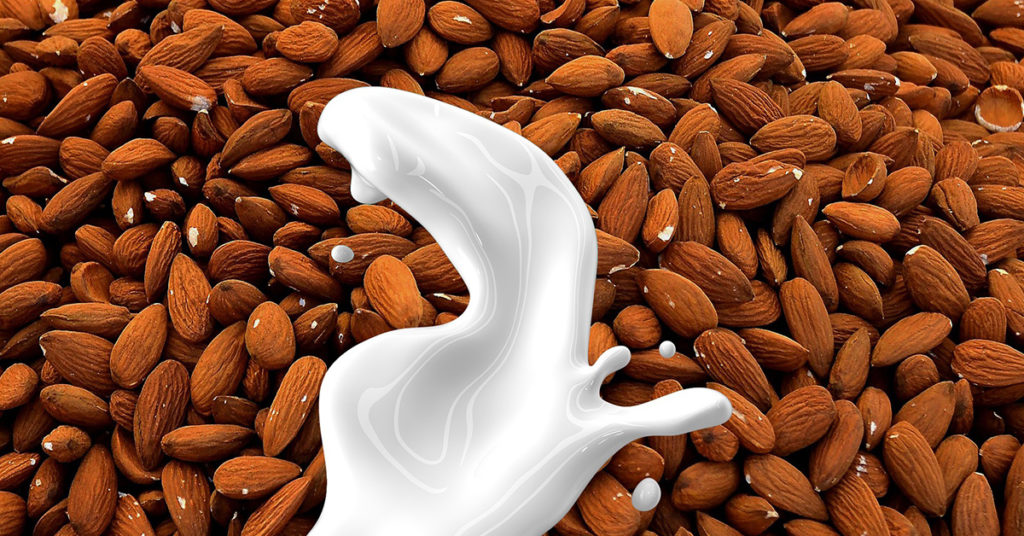
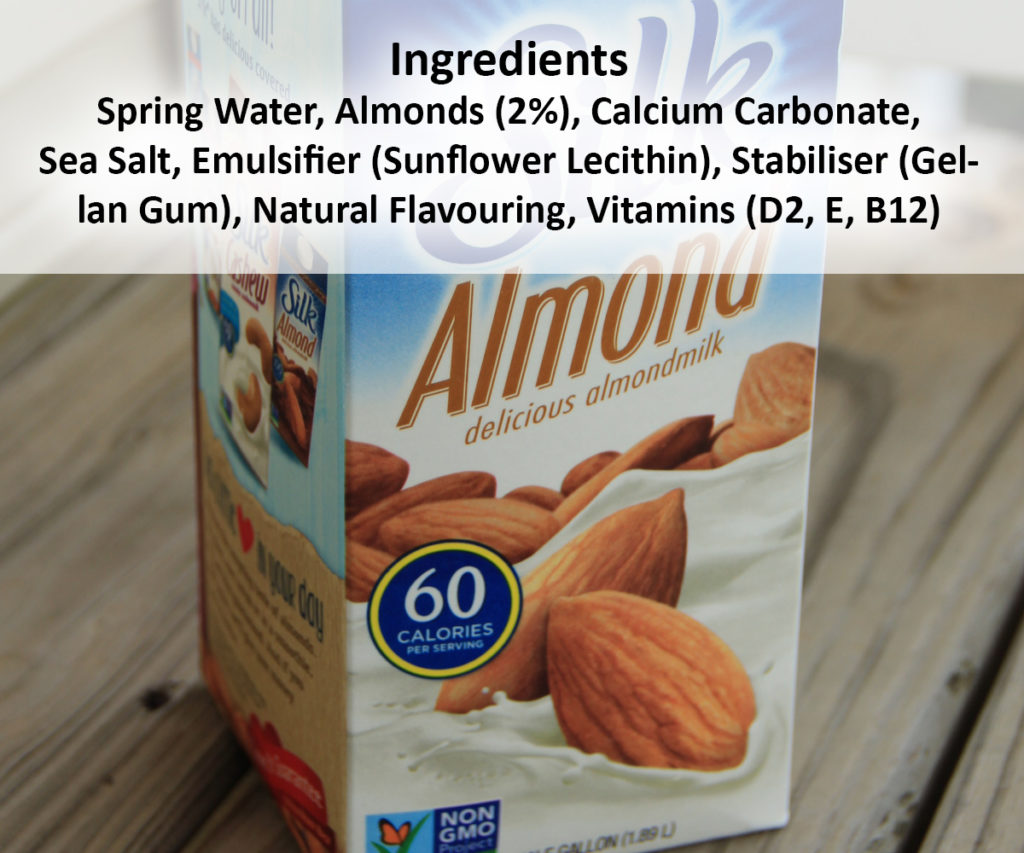
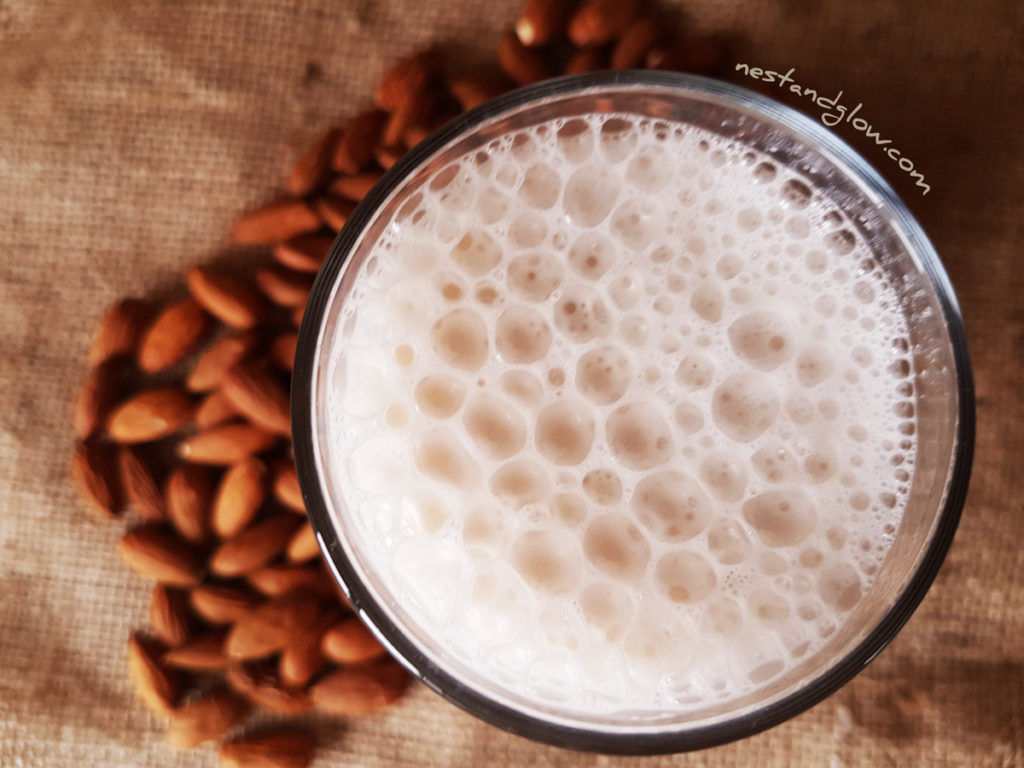
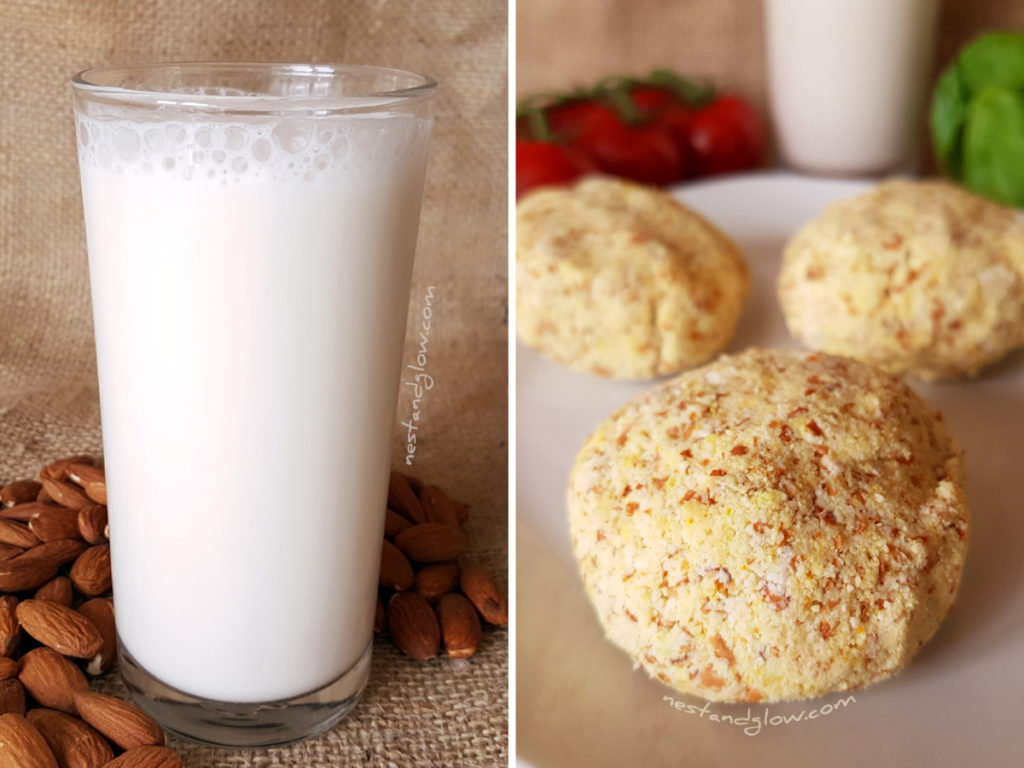
Thanks so much for doing this, I wish people would read behind the headlines. The gurdian is just as guilty of clickbaiting with misleading headlines as all the other tabloids
You’re welcome, glad you liked this article
Yeah but the reason many people turn to making their own almond milk is to avoid the pesticides and extra harmful ingredients in commercial almond milk. When you make it at home it’s got two ingredients: almonds and water. And I agree, cow milk IS worse, but that does not make the almond industry stable by default. They are both terrible for the environment. Much better options are oat milk, hemp milk, and US/CA grown soy. Avoid almond, coconut and cow milks.
I’m afraid every crop does have some issues and isn’t perfect if you spend enough time and money looking into it. Honestly it would drive you crazy trying to be perfect. Cali almonds do have issues, I buy Italian almonds mostly, but yes oat and hemp are good also. But still almond is way better than cow 🙂
You have missed the point I believe about the ecological soundness of Almond milk – over 80% is from California where pollination cannot be managed naturally – it can only be achieved artificially by transporting thousands of bees to and fro from the east coast in lorries – hives have to be wrapped for days to prevent escape – thousands of bees die as toxicity levels due to excrement increase – thousands die EACH way – this is unsustainable
I’m not saying almonds are perfect, but many many crops use bees and there’s a deliberate effort to target almonds. Probably because it threatens the dairy industry.
Why drink artificial food? Almonds contain cyanide. Almond milk has cyanide and other chemical ingredients. Wonder what the long term impacts will be on child development and on adult health.
Please update~ almonds trees use similar water volume as other fruit trees in California Approx 8 MGL per hectare per year. Almond pollen is healthy nutritious for bees & 1st feed Post winter. Yes almonds use 10% CA water, bcause such big industry at 80%world supply, + 100,000 jobsh US$5 billion exports, x 5 level of wine.
Thanks
you haven’t highlighted the fact that almonds should be activated (to remove phytic acid – as for all seeds) before use either for eating or turning into milk – not doing this is unhealthy..
Hello Dylan, that’s an important point and I haven’t in this article as it’s about sustainability. But if you click through to my recipe linked in the article to sprouted Almond milk I have there. As I do in all my recipes tell people to activate/sprout nuts and seeds.
Great information!!! How should almonds be activated to remove phytic acid???
Thankyou glad you liked it, check out my sprouted almond butter recipe
Nice one Bastion . Our Almonds imported into New Zealand are coming from Argentina.
Far superior in size,quality..no water issues there (it rains!)..
Cheers for th good work
Thanks Rich. Oh that’s interesting most of ours in the UK are USA. Glad you liked it, trying to show the flaws in viral headlines
California almonds are not “poor quality,” but it is true that they now have to be heated or irradiated for commercial sale, because of poor handling in the past. They don’t grow with salmonella on them! We can still get excellent raw California almonds at farmer’s markets, direct from the growers.
Sorry I didn’t mean to imply all Californian almonds are low quality, there are some great quality ones. The problem I see is since the law changed because of the low quality ones all now have to be pasteurized even though the high quality ones haven’t had any issues with salmonella. If you buy them raw from the grower is that illegal?
Since you’ve taken documented educational studies and tweak them oh, are you also going to tweak the milk study? Some of us only use local Dairy Farmers, making the sustainability argument much different. Anyone can piece parts of an article together to make it look like what they want, but facts are facts. Almond milk is NOT sustainable.
Hi, sorry can you explain why almond milk is not sustainable to backup your thought? There’s no facts or anything in your post just some thoughts. I’m pointing out the flaws in the study that’s always quoted. Even if you have cow dairy from local farms it still doesn’t get around the fact that it’s very inefficient to feed a cow to make milk. Then you have the issues around making a cow produce milk.
The problem is that the new generation think cow produced milk is bad for you, all the social media, fake news can stir up negative information on what really is healthy. I was born on milk and I drink till this very day, hint: milk has been around since the birth of christ, how long has Almond milk been around, what 15 years.
Philip, lots of people who drink alternative milks don’t think cows milk is bad for them. They (me included) choose not to drink cows milk because it comes from an animal. So no matter how many articles there are comparing the nutritional value of alternative milk vs cows milk, people and I wouldn’t drink it.
Always read the labels on store bought almond milk. Most of them show 1 gram of protein per serving (1 glass or 1/4 liter). This translates to 4g of protein per liter.
If we assume that 24 almonds provide about 6g of protein, then one liter of store bought almond milk should contain about 16 almonds. Some may contain as little as 7 or 8 almonds! This means that you get about 2 to 4 almonds in every cup of store bought almond milk. This is ridiculous.
If you make your own almond milk at home you would use between 24’to 40 almonds per cup depending on the thickness you prefer.
I think you might as well buy cows milk then if it takes so many almonds to make homemade milk! Cows milk only makes sense! If people would be educated enough on dairy milk options they would understand that there are options for people who have allergies! Thanks